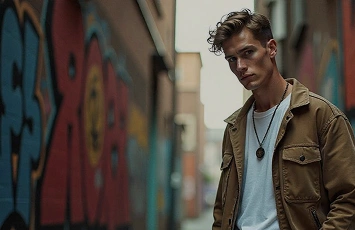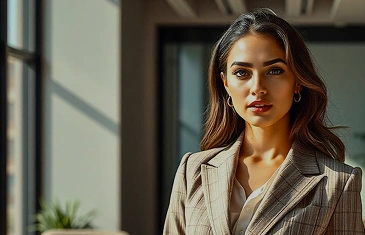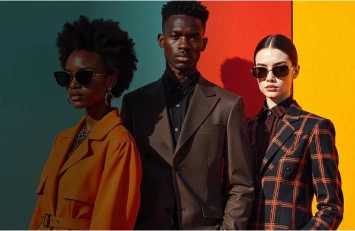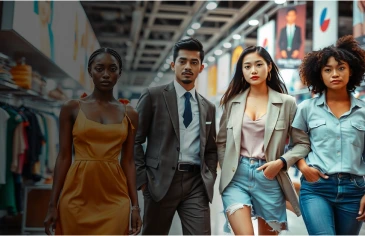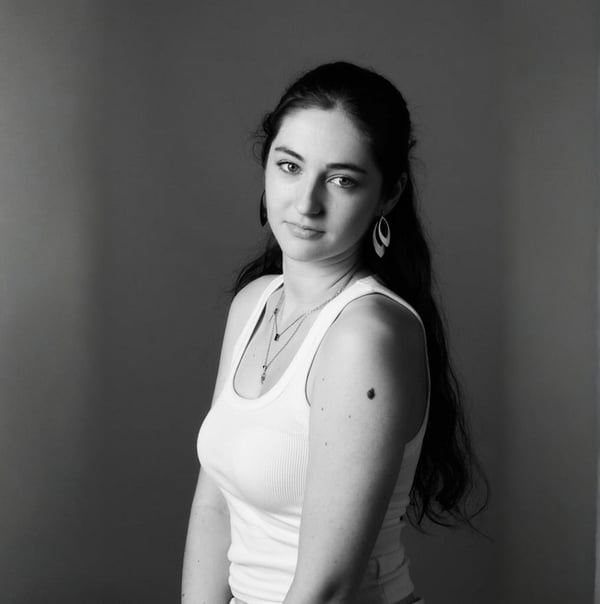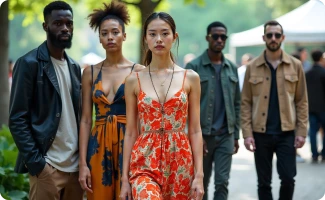
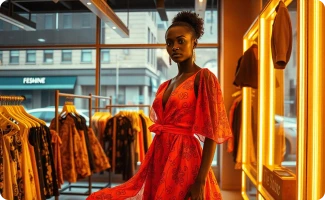
Proven Ways to Boost ROAS in Fashion Ecommerce
Table of Contents
Maximizing return on ad spend (ROAS) is one of the top priorities for any fashion ecommerce brand. In an industry where trends shift quickly and customer attention spans are short, every dollar invested in advertising needs to deliver measurable results. One factor that is often underestimated is the power of high-quality visual content. Optimized images and videos don’t just make your site look appealing, they directly impact conversion rates, fashion ad performance, and ultimately your ROAS. In this post, we will talk about how to increase ROAS for fashion ecommerce.
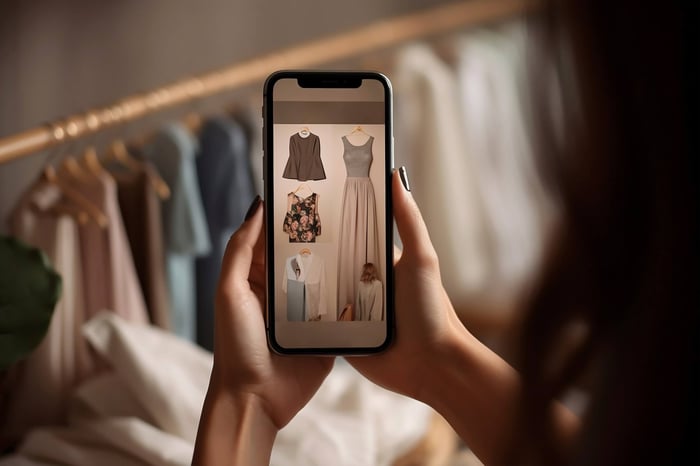
Why Visual Content Drives Fashion Ad Performance
In fashion ecommerce, customers cannot touch, feel, or try on garments before purchase. They rely almost entirely on what they see. High-resolution images that showcase fit, fabric, and texture help shoppers make confident buying decisions. Videos allow customers to see clothing in motion, understand proportions, and visualize styling options. Both images and videos serve as the bridge between your brand and the consumer, enhancing trust and improving fashion ad performance, which leads to higher ROAS for fashion ecommerce.
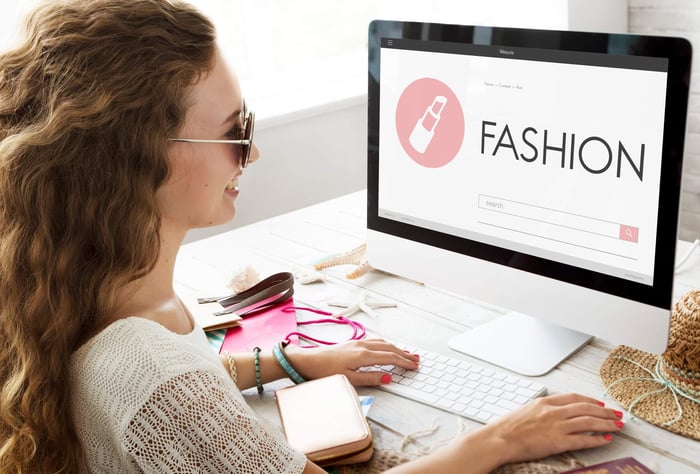
Fashion ROAS Strategies That Actually Work
Multiple Angles and Close-Ups
Showing products from different angles and including close-ups of fabric details, buttons, or stitching builds confidence in buyers. Customers are more likely to purchase when they feel they “know” the product, which boosts fashion ad performance and helps increase ROAS in fashion ecommerce campaigns.Video Product Demonstrations
Short, high-quality product videos or lifestyle clips can outperform static images. Videos showing movement, fit, and styling options increase engagement, reduce returns, and improve ROAS.A/B Testing Your Visuals
Test different backgrounds, lighting, model poses, and video formats to discover which visuals drive the highest ROAS. Continuously testing allows fashion ecommerce brands to refine their visual strategy based on real performance data.Optimizing for Mobile and Social Ads
Since a large portion of ecommerce traffic comes from mobile devices, ensuring fast-loading, high-quality images and videos is crucial. Social media ads should be optimized for vertical formats, which can dramatically improve fashion ad performance and overall ROAS.Highlight Key Selling Points Visually
Use visuals to communicate unique selling points without relying solely on text. For example, show waterproof jackets in rain or convertible clothing in action. Visual storytelling directly improves fashion ad performance, which supports a higher ROAS for fashion ecommerce.
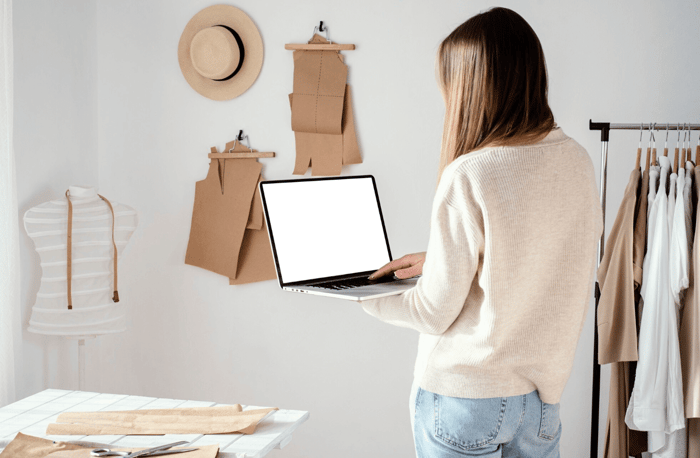
Visual Content Types and Their Impact on ROAS
Content Type | Description | Impact on ROAS | Best Use Case |
|---|---|---|---|
High-Resolution Photos | Crisp images showing product details | +15-25% higher conversion | Product pages, ecommerce ads |
Lifestyle Videos | Shows clothing in real-life scenarios | +20-30% engagement increase | Social media campaigns, reels |
360° Rotations | Interactive 360° product view | +10-20% better customer confidence | Premium product pages |
Outfit Combination Images | Styled looks with multiple products | +15% cross-sell potential | Email campaigns, lookbooks |
AI-Generated Variations | Multiple colors/styles generated quickly | +10% faster testing of visuals | Social ads, product launches |
AI Tools to Improve Fashion ROAS
I tools like Modelia are transforming the way fashion ecommerce brands create visual content, making it faster, more efficient, and more cost-effective than ever before. Traditionally, producing high-quality images and videos for online stores or ad campaigns required professional photographers, models, studios, and extensive post-production, processes that could take days or even weeks. With AI-powered solutions, brands can now generate professional visuals in a fraction of the time, without sacrificing quality.
One of the standout features is AI recolor, which allows brands to instantly change the color of garments in photos or videos. This is particularly useful for ecommerce brands that sell the same product in multiple shades. Instead of scheduling separate photoshoots for each variant, marketers can create realistic, high-resolution images with just a few clicks. This not only saves time but also reduces costs, enabling fashion ad performance to scale efficiently.
Another powerful capability is digital outfit variations. Modelia’s AI can automatically generate multiple styling options by combining different tops, bottoms, and accessories on the same model or mannequin. This feature allows fashion brands to showcase full outfit possibilities without organizing multiple photoshoots, helping customers visualize how pieces can be styled together. For ad campaigns, this means more engaging visuals that can boost click-through rates and conversions, directly impacting ROAS.
Additionally, automated lifestyle images take product presentation to the next level. Instead of static product photos, AI can place garments in real-world scenarios, showing a jacket walking through the city, a dress at a party, or shoes on a sunny sidewalk. These lifestyle images resonate more with shoppers, creating an emotional connection and increasing purchase confidence. For fashion ecommerce brands, using these images in ads and social media campaigns leads to higher engagement, improved fashion ad performance, and ultimately, increased ROAS.
AI tools like Modelia also offer rapid iteration and testing capabilities. Brands can produce dozens of variations of a single product in minutes, allowing A/B testing to determine which visuals perform best in driving sales. This data-driven approach ensures that marketing budgets are optimized, and every ad dollar contributes effectively to ROAS.
In short, Modelia enables fashion ecommerce brands to combine creativity, speed, and quality. By leveraging AI recolor, digital outfit variations, automated lifestyle images, and fast iteration, brands can produce captivating visual content for ad campaigns more efficiently than ever. This not only strengthens brand presence and storytelling but also directly improves fashion ad performance and maximizes ROAS across all online channels.
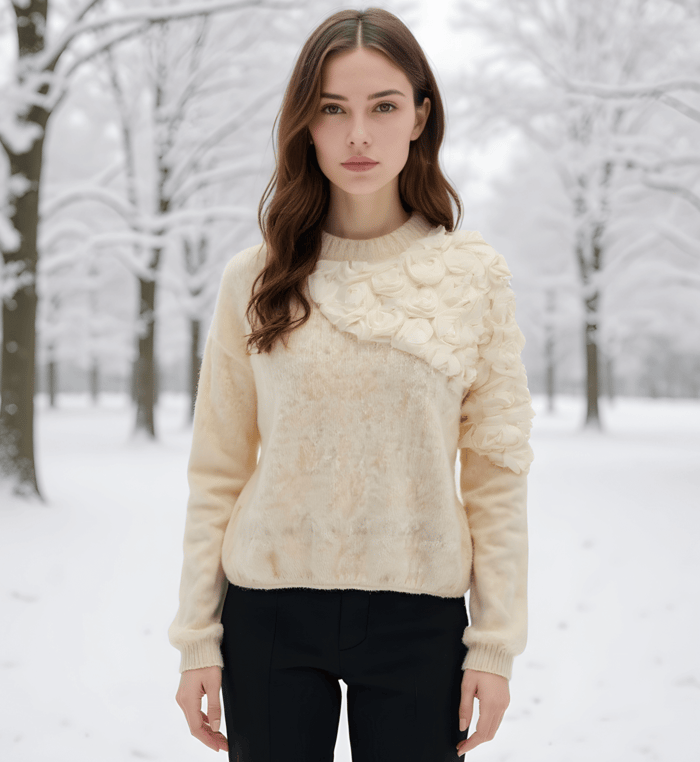
Ecommerce Marketing Tips That Complement Visual Optimization
Optimizing visuals is just one part of increasing ROAS for fashion ecommerce. To maximize results:
Segment your audience: Personalize ads based on demographics, browsing behavior, and purchase history.
Retarget potential buyers: Use dynamic ads to show products previously viewed.
Test ad copy and CTAs: Pair compelling visuals with persuasive messaging to drive clicks and conversions.
Monitor analytics closely: Track metrics like cost per acquisition (CPA), conversion rate, and ROAS to continually refine strategies.
Conclusion
Increasing ROAS for fashion ecommerce requires a holistic approach that combines high-quality images and videos with strategic marketing. By focusing on fashion ad performance through optimized visuals, testing, and AI tools like Modelia, brands can see measurable improvements in their ROAS. Following these fashion ROAS strategies and ecommerce marketing tips ensures that ad spend translates into more conversions, higher engagement, and stronger business growth. Whether through better images, creative videos, or smarter audience targeting, your efforts to increase ROAS in fashion ecommerce will yield significant results, helping your brand thrive in a competitive online fashion market.
Sign up and keep learning about fashion tech and AI
FAQ: Increase ROAS for fashion ecommerce
What is ROAS and why is it important for fashion ecommerce?
ROAS, or Return on Ad Spend, measures how much revenue a brand earns for every dollar spent on advertising. For fashion ecommerce, a high ROAS indicates efficient marketing and profitable campaigns.
How can fashion brands improve ROAS?
Brands can improve ROAS by targeting the right audience, optimizing ad creatives, using retargeting campaigns, and testing different marketing channels to see which generate the best returns.
Does product photography affect ROAS?
Yes, high-quality visuals help attract and convert customers, making ads more engaging. Well-lit, appealing product photos can significantly increase click-through rates and sales.
What role does personalization play in boosting ROAS?
Personalization, such as recommending products based on browsing history or style preferences, increases relevance for shoppers, improving conversion rates and overall return on ad spend.
How would you rate this article:
Related Articles
- Best AI Image Generator for Shopify
- What is Apparel Branding?
- The Best Winter Fashion Trends for a Stylish Season
- The Best Clothing for Travel: Fashion Staples for Comfort and Style
- How Virtual Fitting Room Technology Is Changing Shopping
- What is Google's Virtual Try-On feature?
- Top fashion brands leveraging artificial intelligence in 2025
- How to Sell on Instagram: Tips for Turning Followers into Customers
- Fashion Design with AI: All You Need to Know
- Artificial Intelligence in Fashion: Transforming Design, Marketing and Modeling

